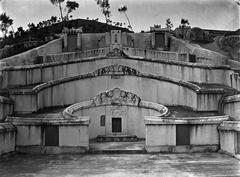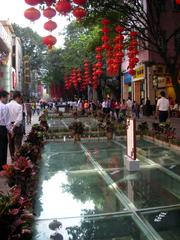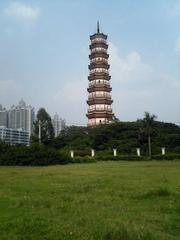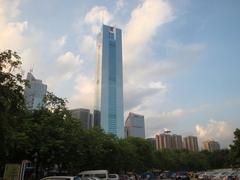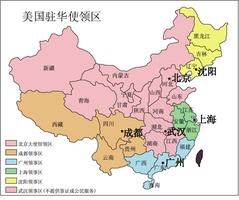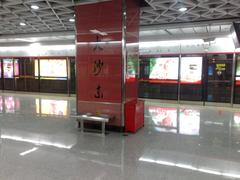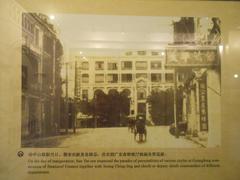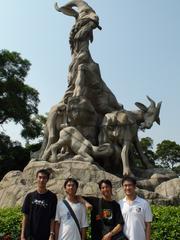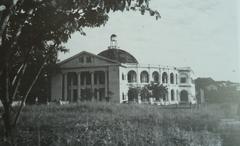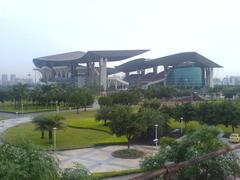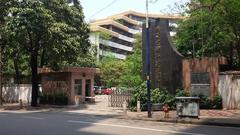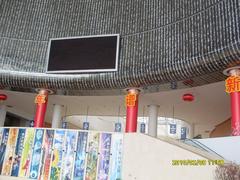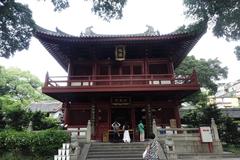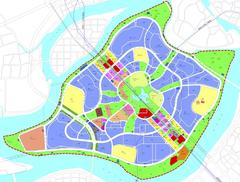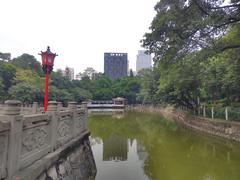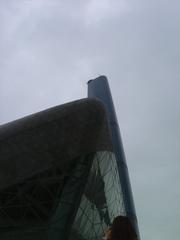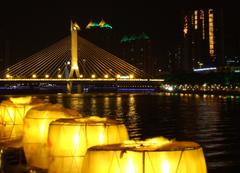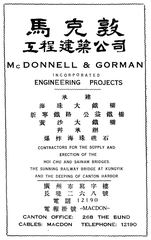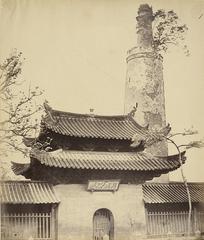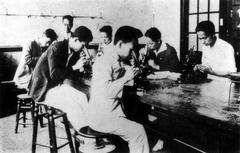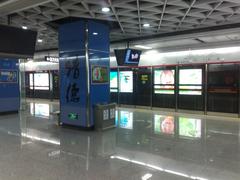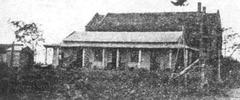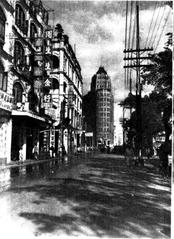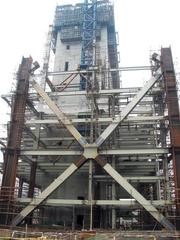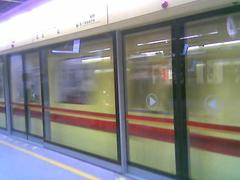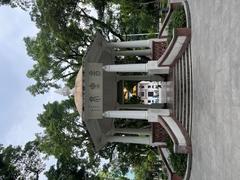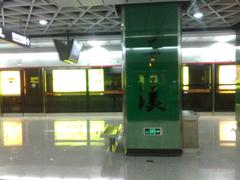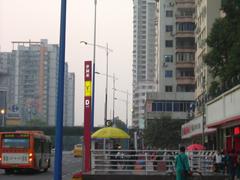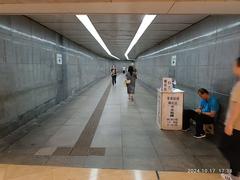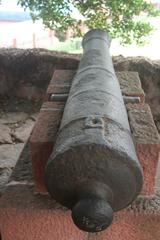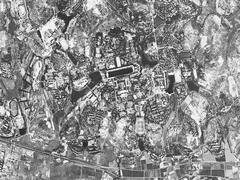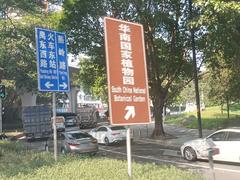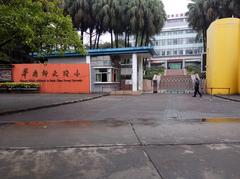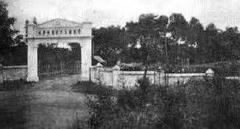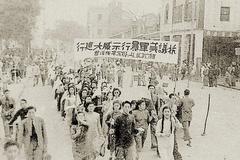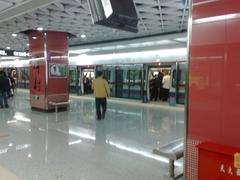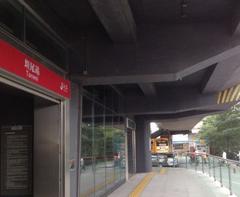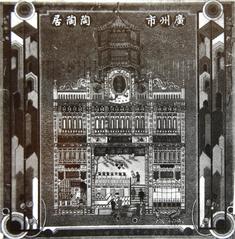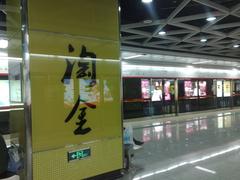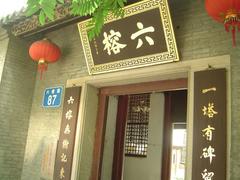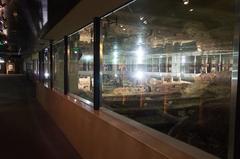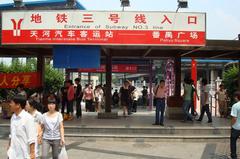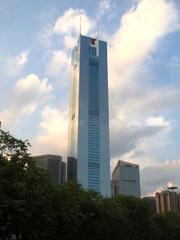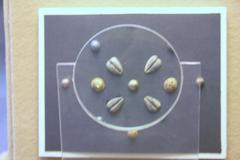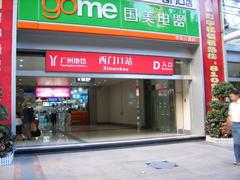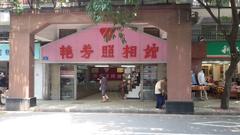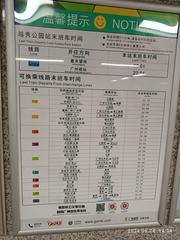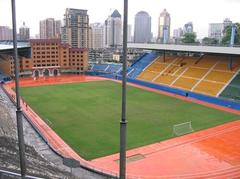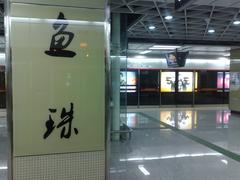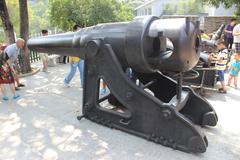
Guangdong Examination Hall In Fendal China
Guangdong Examination Hall: Visiting Hours, Tickets, and Guide to Guangzhou’s Historic Examination Center
Date: 04/07/2025
Introduction
The Guangdong Examination Hall, located in the Fendal district of Guangzhou, is a monument to China’s imperial civil service examination system and a masterpiece of Lingnan architecture. Once a competitive hub where thousands of scholars vied for government positions, it now stands as a museum and cultural center, offering compelling insights into China’s educational heritage. This comprehensive guide outlines its historical and architectural significance, visiting hours, ticketing, exhibitions, accessibility, and travel tips to enhance your experience at this essential Guangzhou historical site (Travel of China, China Highlights, Guangdong Folk Art Museum official website).
Table of Contents
- Historical Significance
- Architectural Features
- Role in the Imperial Examination System
- Cultural Legacy and Modern Use
- Visiting Information
- Highlights and Exhibitions
- Nearby Attractions and Itineraries
- Frequently Asked Questions (FAQ)
- References and Further Reading
Historical Significance
Established during the Qing Dynasty, the Guangdong Examination Hall was a pivotal venue for the provincial-level imperial examinations that shaped Chinese governance for centuries. Its existence reflects the values of education, meritocracy, and social mobility in Guangdong. As the main examination center in South China, it helped launch the careers of countless scholars and officials, reinforcing the province’s tradition of intellectual pursuit and innovation (Travel of China, China Highlights).
Architectural Features
Layout and Organization
The complex is renowned for its disciplined grid of examination cells (“kaochang”), administrative offices, supervisor quarters, and ceremonial halls. The rows of cubicles—where candidates wrote essays under tight supervision—emphasize the austerity and rigor of the examination process. The Zhigong Hall is the centerpiece, featuring soaring ceilings and an open plan for official ceremonies (TravelChinaGuide).
Lingnan Style and Artistic Detailing
The hall’s Lingnan architecture stands out through its grey brick walls, upturned eaves, and intricately carved wooden beams. Decorative elements—dragons, phoenixes, peonies—symbolize wisdom and achievement. Courtyards are shaded by ancient trees and adorned with ornamental ponds, blending architecture with nature (ChinaCultureTour). Materials such as green-glazed tiles and granite reflect local craftsmanship. Carved woodwork, stone reliefs, and vibrant murals add artistic richness to the solemn environment (TheChinaJourney).
Preservation and Restoration
Ongoing restoration ensures the hall’s authenticity while improving visitor safety. Interpretive signage and exhibits document preservation efforts and the site’s role in Guangzhou’s cultural heritage initiatives.
Role in the Imperial Examination System
The Guangdong Examination Hall was central to the imperial merit-based bureaucracy. Provincial exams, held here every three years, tested candidates in Confucian classics, poetry, essay writing, and policy analysis. Passing these exams was a gateway to prestigious government roles and social advancement, influencing the region’s social fabric (Travel of China).
Cultural Legacy and Modern Use
Today, the hall serves as a museum and educational center, preserving both the examination system’s legacy and the broader traditions of Lingnan culture. Exhibitions highlight Confucian values, regional identity, and the stories of notable scholars, while hands-on workshops and guided tours bring history to life for visitors of all ages. The hall’s connection to the Chen Clan Ancestral Hall—a nearby family academy and now the Guangdong Folk Art Museum—further underscores the enduring value placed on scholarship in the region (China Highlights, Guangdong Folk Art Museum official website).
Visiting Information
Opening Hours
- Tuesday–Sunday: 9:00 AM – 5:00 PM (last entry 4:30 PM)
- Closed Mondays for maintenance
Tickets
- Standard Admission: Under ¥20 (RMB)
- Discounts: Available for students, seniors, and children
- Special Exhibitions: May require an additional fee
- Online purchase is recommended during peak times
Accessibility
- Wheelchair access to main areas; ramps and accessible restrooms provided
- Some historic sections have steps or uneven surfaces—assistance is available
Getting There
- By Metro: Line 1 to Chen Clan Academy Station (Exit D)
- By Bus: Routes 17, 85, 88, 104
- From Airport: Baiyun International Airport is ~35 km away; metro or taxi options available
Facilities
- Guided tours in Mandarin (regular) and English (occasionally); audio guides available
- Restrooms and shaded seating areas
- Gift shop with local crafts and souvenirs
- On-site café serving tea and snacks
- Lockers for bags and belongings
Highlights and Exhibitions
Permanent Exhibitions
- The Imperial Examination System: Artifacts, reconstructed cubicles, imperial edicts, and documentary films narrate the keju process and its societal impact
- Cultural Legacy: Portraits of distinguished scholars, daily life artifacts, and displays on the development of Lingnan culture
Temporary Exhibitions and Programs
- Calligraphy and Art Shows: Contemporary artists inspired by classical themes
- Educational Workshops: Calligraphy, brush painting, and mock exam experiences
- Lectures and Events: Talks by historians, themed exhibitions (e.g., women in the imperial exams)
Family-Friendly Activities
- Interactive quiz stations and costume photo booths for children
Photography
- Allowed in most public areas; flash and tripods restricted in certain exhibition rooms
Nearby Attractions and Itineraries
- Chen Clan Ancestral Hall: Exemplary Lingnan architecture and folk art exhibits
- Shamian Island: Colonial-era buildings and tranquil promenades
- Yuexiu Park: Scenic park with gardens, lakes, and the Five Rams Statue
- Canton Tower: Iconic city landmark and observation deck
- Sun Yat-sen Memorial Hall: Monument to the founding father of modern China
Combine these sites for a comprehensive cultural exploration of Guangzhou.
Frequently Asked Questions (FAQ)
Q: What are the Guangdong Examination Hall’s opening hours?
A: Tuesday–Sunday, 9:00 AM to 5:00 PM (last entry 4:30 PM); closed on Mondays.
Q: How much are tickets?
A: Standard admission is under ¥20, with discounts for students, seniors, and children. Extra charges may apply for special exhibitions.
Q: Is the site wheelchair accessible?
A: Yes, most areas are accessible; some older sections have steps or uneven paths.
Q: Are guided tours available in English?
A: English tours are occasionally available; audio guides can be rented.
Q: Can I take photographs?
A: Photography is permitted in most areas; flash and tripods may be restricted.
Q: What is the best season to visit?
A: October–December and March–May offer mild weather and fewer crowds.
References and Further Reading
- Travel of China: Chen Clan Ancestral Hall
- China Highlights: Chen Ancestral Shrine
- TravelChinaGuide: Guangzhou Fast Facts
- ChinaCultureTour: Guangdong Culture
- TheChinaJourney: Guangzhou
- Guangdong Folk Art Museum official website
Plan Your Visit
The Guangdong Examination Hall offers an immersive experience into China’s imperial past and Lingnan artistic traditions. With its accessible facilities, affordable tickets, and enriching exhibitions, it is a rewarding destination for travelers, families, and history enthusiasts alike. Enhance your cultural journey with visits to nearby attractions and utilize official websites and travel apps like Audiala for up-to-date information and personalized travel tips.
For more guides on Guangzhou’s historical sites, download the Audiala app and follow us on social media for the latest updates and travel inspiration.







